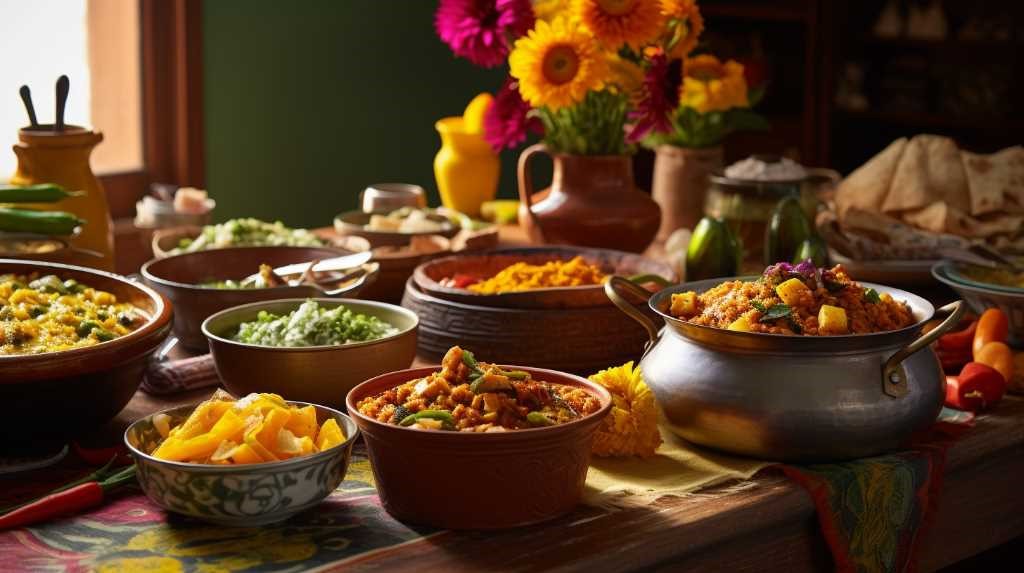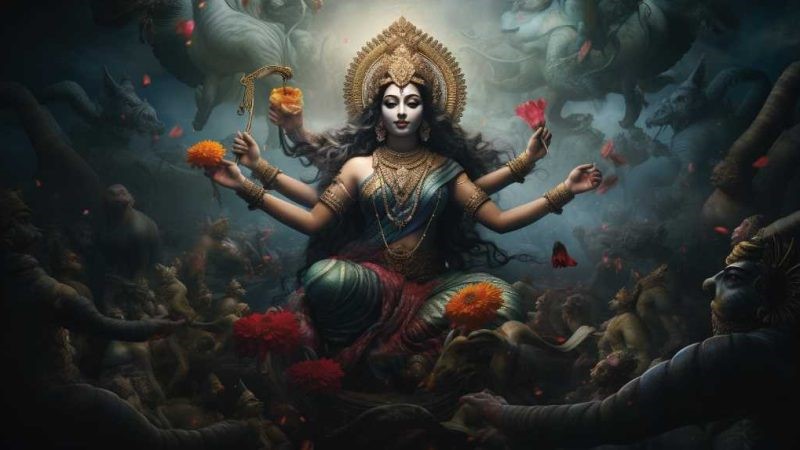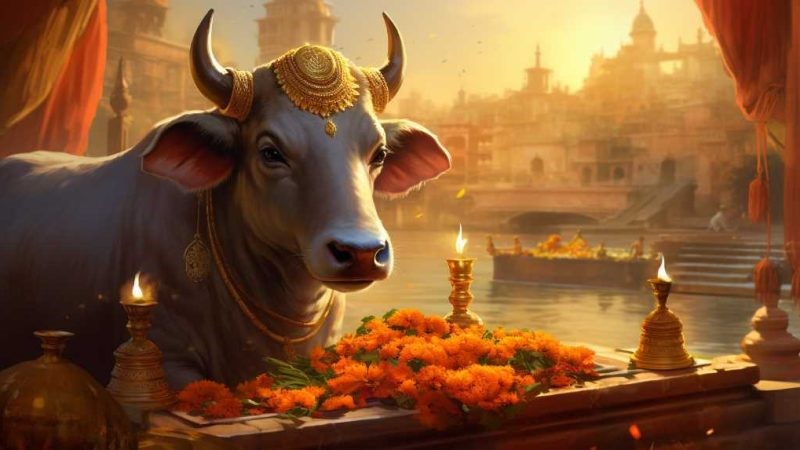A Guide to Hindu Culinary Delights

Hindu cuisine is as varied as the many regions and customs it comes from, bringing together a wide range of tastes and cooking methods that have been perfected over thousands of years. This style of cooking reflects a deep cultural history, with each spice and dish having its own story, deeply tied to religious practices. The dishes from southern India, known as thalis, to the street food, or chaats, from northern India, show the rich variety of flavors, ranging from mild to very spicy. Each dish also carries its own cultural and regional significance.
As we dive into the diverse world of Hindu cooking, it’s important to understand that food here is more than just something to eat. It’s a way to communicate, filled with traditions and respect that extend beyond just taste. We’ll see how time has honored these ancient cooking traditions and how they still shape the way we cook today.
When exploring Hindu cuisine, you might try a thali, which is a platter of different dishes, to experience a variety of flavors in one meal. Or, you could sample some chaat, which is a type of street food that’s usually tangy and full of different textures. These dishes are just a few examples of the rich and detailed cooking style that defines Hindu culinary arts.
Exploring Regional Hindu Cuisines
The many different types of Hindu food in India show how the country’s different areas and cultures have their own tastes and cooking traditions. For example, in the cold valleys of Kashmir, the local Hindu Pandit community enjoys dishes with lots of spices and tender meat, which is quite different from the food in Kerala’s Malabar coast, where people often eat dishes with coconut and seafood. Rajasthan’s dry environment has led to a diet that includes a lot of dried beans and pickled foods, which last a long time without spoiling. In Bengal, the cuisine includes a lot of fish curries and desserts like ‘sandesh’ because there are many rivers there.
The food people eat in these places shows what ingredients are available locally and how history has influenced what they eat. This is important because it helps maintain the identity and traditions of the Hindu community in each region. When you taste these dishes, you’re not just enjoying the flavors; you’re also getting a sense of the local culture and history. It’s like each meal tells a story about the place it comes from.
To sum it up, Hindu regional cuisines are diverse and shaped by local resources and past events. They offer more than just good food; they also keep the cultural history of each area alive.
Festive Foods and Traditions
In Hindu festivals, the food we make is a big part of the celebration. It’s like the dishes tell the story of the festival. For example, during Diwali, which is all about the good in life winning over the bad, people make sweets like kaju katli and snacks like chakli. These aren’t just any treats; they’re a tasty way of showing the deeper meaning of the festival through food.
Take Pongal, the festival that thanks the sun god for a good harvest. The main dish here is also called Pongal, and it’s a sweet rice dish that’s made to celebrate and appreciate the food we’ve grown. When these festivals come around, people take great care in choosing the right ingredients and cooking things just as they have been for years. This isn’t just about following a recipe; it’s about keeping traditions alive and strengthening the sense of community.
Vegetarianism in Hindu Dishes
In Hindu cuisine, being a vegetarian is very important. The ideas of non-harm and purity drive this choice. Eating only vegetables is thought to keep the body and soul healthy. Hindu meals include a lot of beans, grains, veggies, and spices. This kind of eating is healthy and follows Hindu ethical and spiritual beliefs.
The way food is prepared in Hindu cooking shows a lot of respect for the natural ingredients. The goal is to keep the food nutritious and tasty. This shows that being vegetarian in Hinduism is more than just picking what to eat; it’s a big part of the culture and religion.
In Hinduism, choosing vegetarian dishes is a deep part of the tradition. It’s based on the belief that not harming living things and keeping things pure are important. This way of eating is supposed to help you stay physically and spiritually healthy. Hindu food has a lot of different ingredients like lentils, grains, and vegetables, all flavored with a variety of spices. These ingredients make for a well-rounded and nutritious meal.
Cooking methods in Hinduism are designed to keep the original nutrients and flavors of the food. So, being vegetarian in Hindu culture is about more than food. It’s a way to show your beliefs and who you are.
Spices and Flavor Profiles
Spices are crucial in the cooking traditions of regions influenced by Hindu culture. They bring a variety of tastes that make each dish special. For example, cumin adds a smoky flavor, and asafoetida, a spice with a strong smell, gives a unique depth to food. Turmeric brings a slight bitterness and makes dishes colorful, and cardamom offers a sweet touch. Coriander seeds taste a bit like lemon and are great with the spicy heat of red chili powder.
When cooks in these regions use spices, they’re very intentional about it. They aim to balance different flavors: sweet, sour, salty, bitter, sharp, and mild. This balance is key to a good meal and reflects a deep knowledge of how different tastes work together.
For instance, when making a curry, the chef might use turmeric for color and a base flavor, then add cumin and coriander for warmth and zest. If the curry is meant to be sweet, they might put in some extra cardamom. For heat, red chili powder is the go-to. Each spice has a role, and together, they create a memorable dish.
Street Food and Snacks
When you walk through the lively streets of areas influenced by Hindu culture, the wonderful smells of street food hit you right away. You can find all sorts of snacks that show how important food is to the local way of life and traditions. For example, you have chaat, which is a mix of crunchy bits and a sharp sauce made from tamarind, and then there’s vadas, which are fried until they’re golden and usually eaten with a creamy coconut dip. These treats are more than just food; they bring people together and are a form of expression, mixing spices and local produce.
By looking at how these foods are made and eaten, we can learn a lot about Hindu traditions. Food is a joy in everyday life and also takes center stage during celebrations, helping to tie people to their past and to each other.
Here’s a specific example: ‘Chaat’ might refer to a dish like ‘Aloo Tikki,’ which is a potato patty that’s spiced up and served with various chutneys. It’s popular because it’s both delicious and a quick, affordable bite. And if you’re ever visiting a place with Hindu influences, you might want to try ‘Masala Dosa,’ a type of pancake filled with spiced potatoes, which is a favorite for its flavor and crunch. These dishes show how street food is an essential part of the culture, offering a taste of tradition on every corner.
Conclusion
In summary, Hindu cooking truly captures the variety of its cultural background. You’ll find different foods in each region, all made using local produce and age-old customs. Also, during religious festivals, there’s a whole range of special dishes that people enjoy.
One key aspect of Hindu food is its emphasis on vegetarian dishes, using a mix of spices that really bring the flavors to life. Street food is another highlight, where you can taste a wide array of quick and tasty snacks. It’s clear that in Hinduism, food is more than just something to eat – it brings people together and has a special place in religious practices.
For example, during Diwali, the festival of lights, people might make sweets like ‘laddoos’ or savory snacks like ‘samosas.’ These treats are not just delicious; they’re also a way of sharing happiness with family and friends. In the everyday setting, a simple yet flavorful dish like ‘dal’ (a lentil soup) is a staple in many homes, often seasoned with turmeric and cumin.
These dishes show how food is an important expression of Hindu culture and community.






